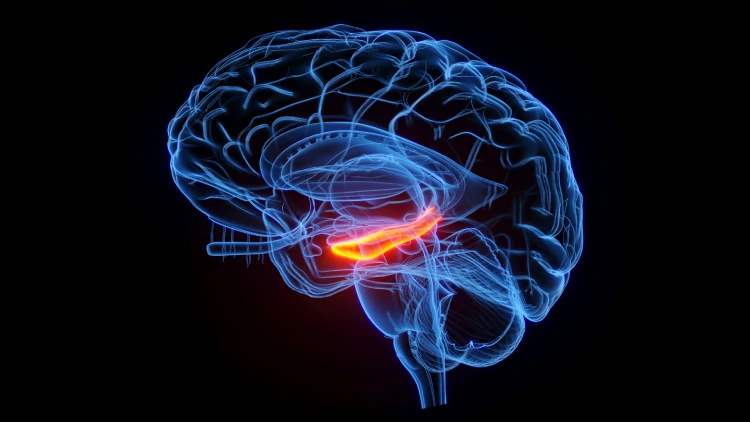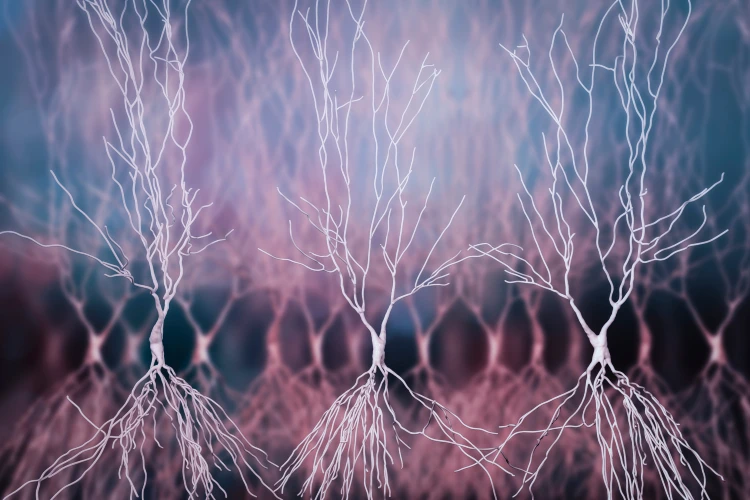Scientists Find Way to Reverse Memory Loss in Mice
Ucsf Researchers Discover How Lowering One Brain Protein Can Restore Memory in Aging Mice

Scientists at the University of California, San Francisco (UCSF) have made an important discovery about memory loss reversal. Their research shows that a single protein in the brain, called ferritin light chain 1 (FTL1), plays a big role in age-related forgetfulness.
The study, published in Nature Aging, found that FTL1 builds up in the hippocampus, the brain’s memory center, as mice get older. Too much of this protein disrupts brain function. Older mice with elevated FTL1 performed poorly on memory tasks. To confirm the link, scientists boosted FTL1 in younger mice.
To confirm the link, scientists boosted FTL1 in younger mice. These healthy mice quickly developed memory problems similar to older ones. But when scientists lowered FTL1 levels in aging mice, something remarkable happened: their memory improved to the level of much younger mice.
How FTL1 Affects the Brain

FTL1 helps store iron inside cells, but when it builds up in the brain, it disrupts how neurons generate and use energy. Neurons need energy to build and maintain connections, which are the pathways for learning and memory.
When FTL1 levels rise, neurons lose power. They cannot store information as effectively, leading to forgetfulness. Scientists also observed that older mice with high FTL1 had fewer connections between brain cells.
The team used advanced tools, including viruses and genetic methods, to change FTL1 levels. They then put mice through memory and learning challenges, such as solving mazes and recognizing objects. After reducing FTL1, older mice performed almost as well as young mice, proving that brain function could be restored.
The research also tested metabolism. Researchers discovered that when FTL1 levels rise, neurons struggle to produce enough energy. When they added NADH, a compound that helps with cell energy, memory problems improved. This suggests that targeting brain energy systems could be another way to help with memory loss reversal.
What This Means for Humans
While the results are exciting, the research is still at an early stage. The experiments were done only in male mice, and the human brain is far more complex. A treatment that works in mice may not work the same way in people.
Currently, there are no safe drugs that directly reduce FTL1 in humans. The methods used in the study involved genetic tools, not medicines. Researchers warn that it could take years before this discovery leads to new therapies.
Still, the findings are important because they focus on normal, age-related memory decline, not just diseases like Alzheimer’s. Almost everyone experiences some memory loss with age. By targeting FTL1, scientists may one day find a way to help a much larger group of people.
In the United States, between six and 12 million people over 65 live with mild cognitive impairment, a condition that often leads to dementia. About one-third of them develop Alzheimer’s within five years. For these individuals, new options for memory loss reversal could make a huge difference.
A New Direction in Brain Research
For decades, dementia research has centered on proteins like beta-amyloid and tau, which form clumps and tangles in the brain. The UCSF study adds a new angle by showing that iron-related proteins and energy systems may also be key to memory decline.
By focusing on FTL1, scientists are opening doors to treatments that could help almost everyone as they grow older—not just those with Alzheimer’s disease.
[Source]








